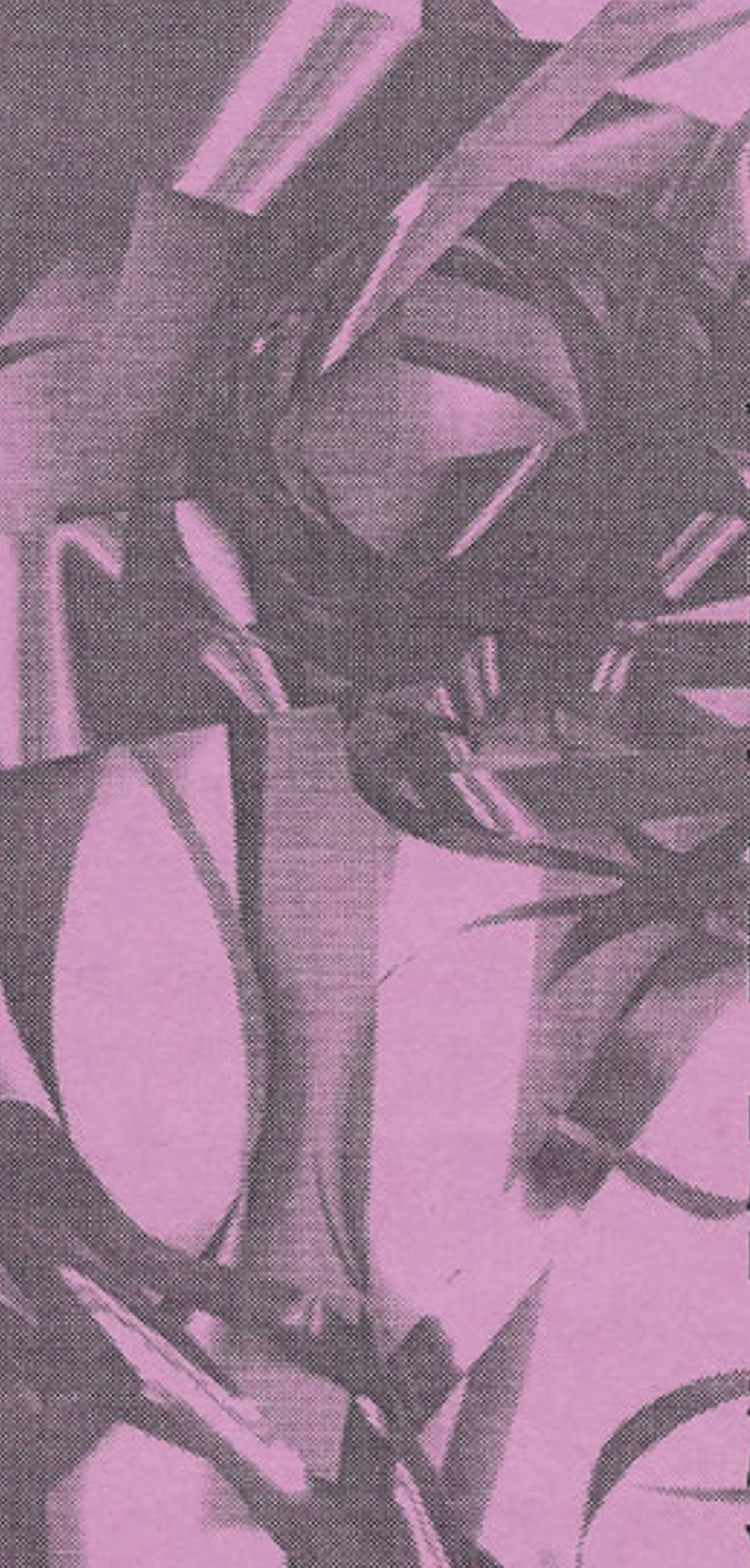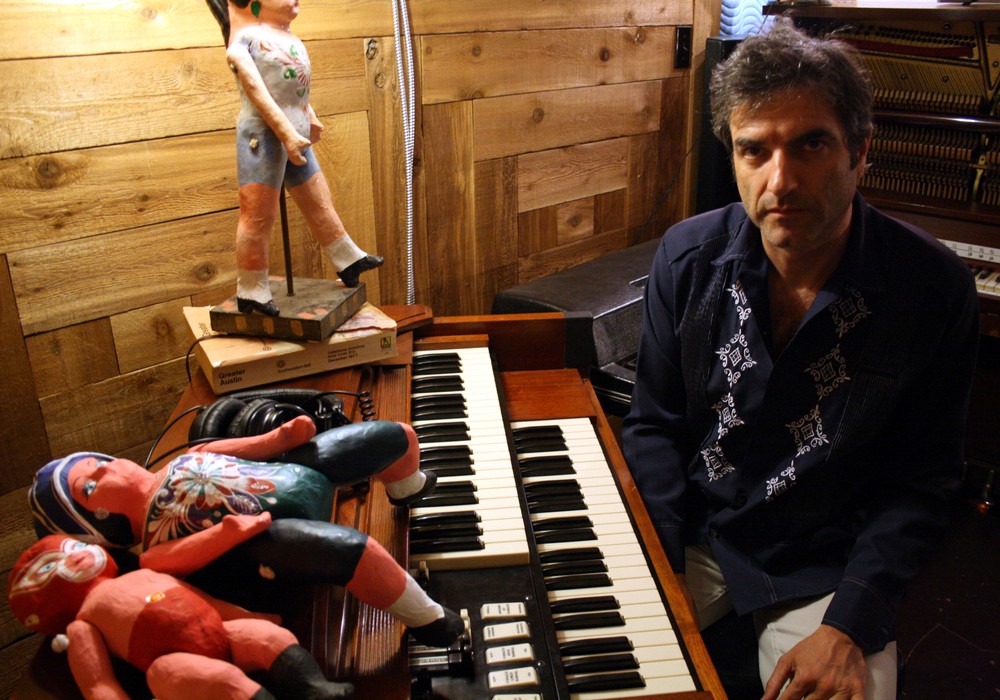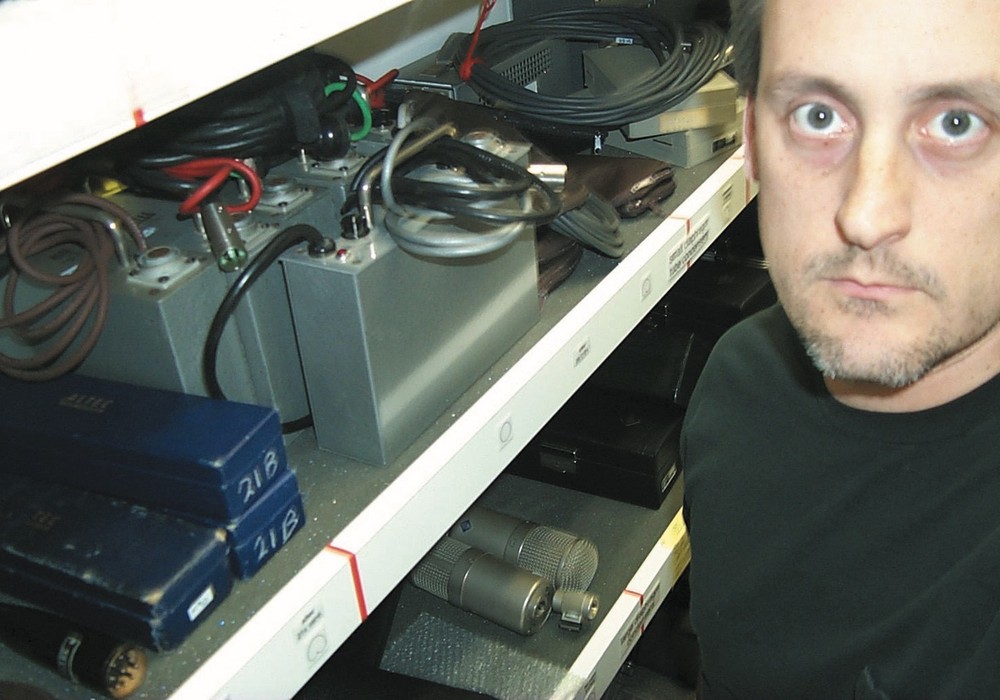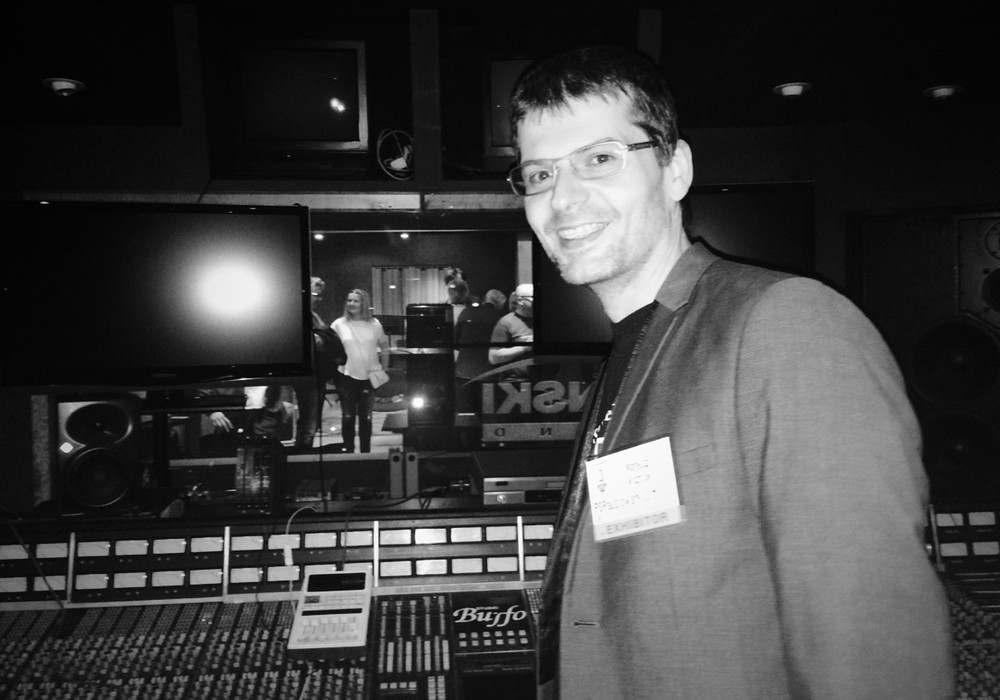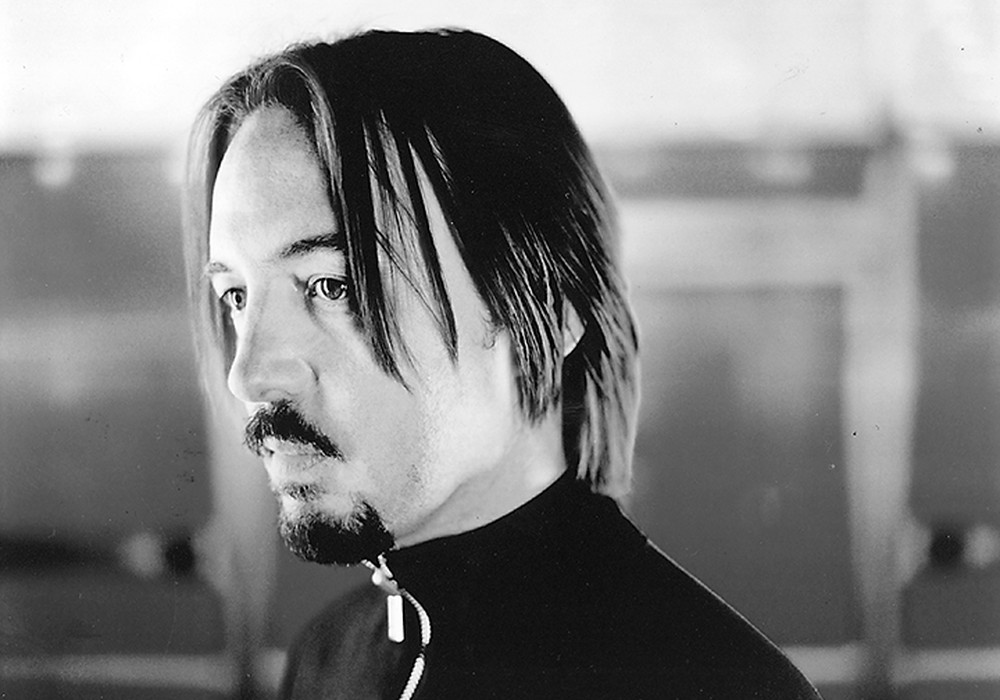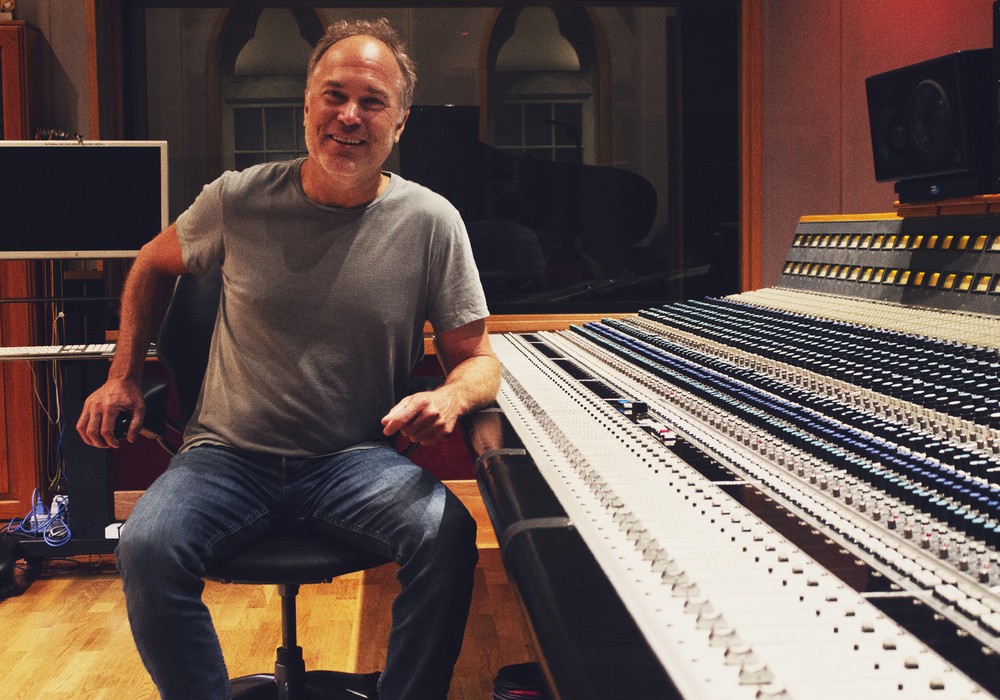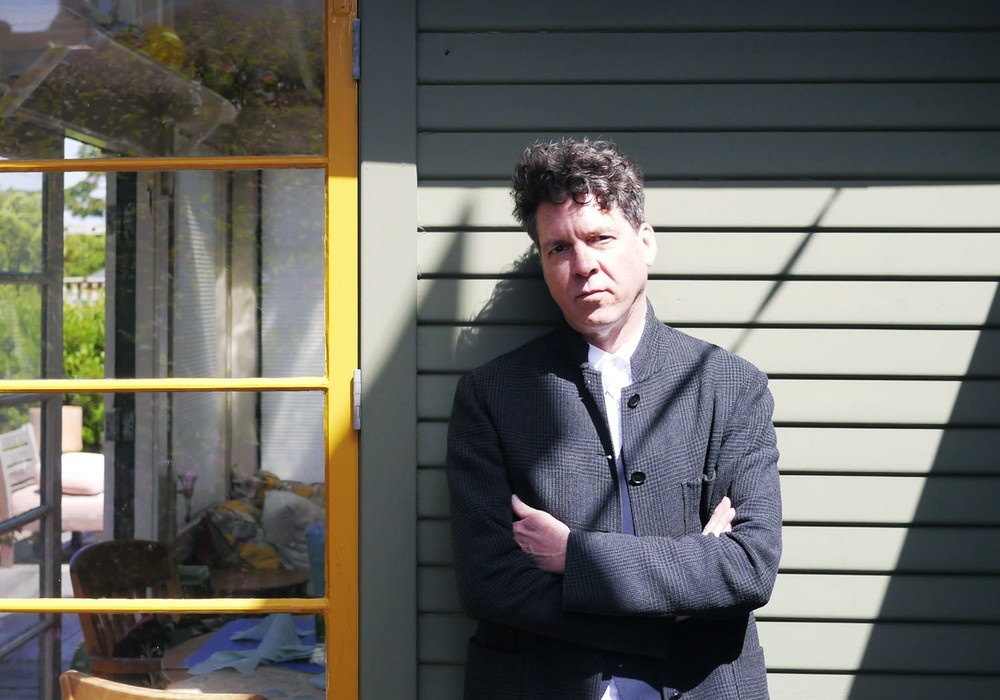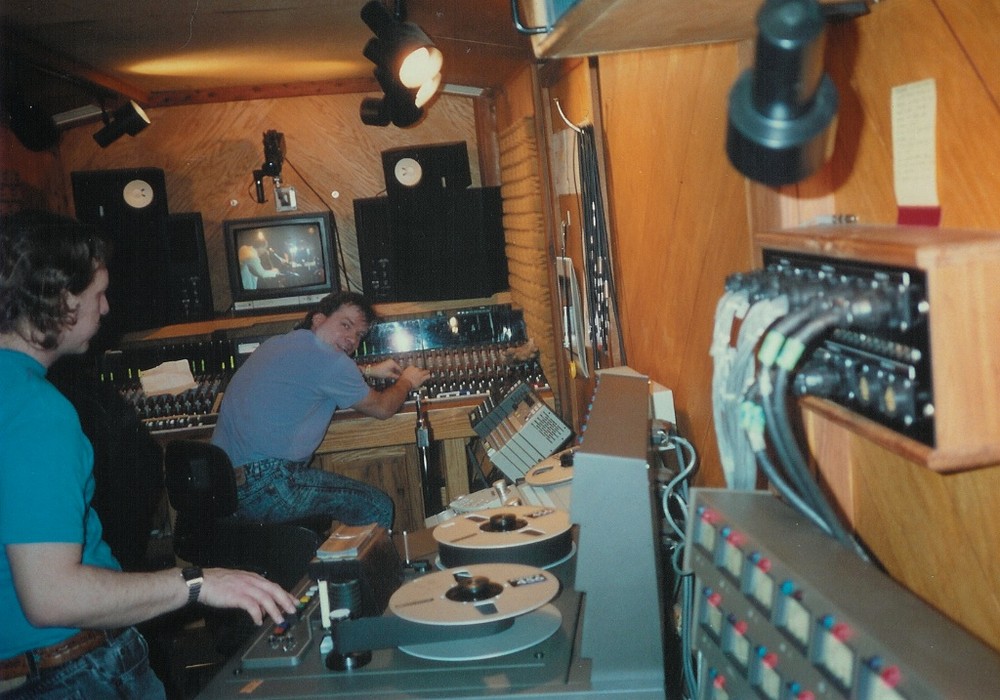This was originally going to be just a short review of a record I liked very much, but as time went by I listened to it way too much and wanted to know more about how it was recorded and put together. The album is by a band called Sea Saw and is called Magnetophone, although since there are so many bands using the see saw-type name the band name is becoming the album name. Hence, Magnetophone.
Magnetophone is really only Trevor Campmann, a one-man-band home recordist who used a four track reel-to-reel deck to it's fullest potential in creating Magnetophone, the album. His work is nothing short of meticulous, finding the right sounds for the instruments, layering a thick buzzing pop drone, and when it's time to write a catchy hook (and there's a good handful here) he delivers the goods. Plus, a lot of the tunes use lyrics about recording technology as analogies for personal trouble, like "microphone has died, lose the tone" or "erase my tapes, my batteries are low" which totally hit home here at recording-geek central.
I caught Trevor in the middle of a band practice, as Magnetophone also reluctantly exists as a live vehicle (with extra members added), and we chatted briefly about recording.
How did you get started doing recordings?
In college I took an engineering class. I was a politics major but I just decided to take one thing that I thought might be interesting. It turned out to be really interesting. I wasn't really super into recording but it was a fun class. It was an 8 track analog recorder but I wound up gravitating toward the 4 track.
Do you have any idea why?
It was easier to manipulate. Initially, the 4 track was it. When I was in my bedroom I had to keep things really, really quiet. With 4 track you can make things sound loud even though they're really quiet. It's like the opposite of big, multitrack recording. Things sound puny but collectively they become a big, huge thing.
You were just concentrating on individual sounds and making them big?
Yeah.
Are you still using the TEAC 3440 [1/4" 4 track], that's on the album cover?
I got this Scully flat-bed. It's a 1/2 inch 4 track industrial thing. It's the type Pet Sounds was recorded on.
Do you like the sound of it better?
It's amazing. It soaks in lots of low end but I want to sell it 'cause I just got an ADAT. It's not what people think it is. I'm going through a [Roland] Space Echo so it goes onto tape and the output sounds like analog tape, 'cause it is. I also did that with the Scully, have that rolling and do some drum things. You can only do that with the initial tracks 'cause there's a [tape] delay but I actually could delay it on my ADAT after I record it. The ADAT is a great medium.
You have 8 tracks to play with.
It's a huge plus. I like it 'cause I can do all these experimental things with degrading sound but it's there. It'll be there forever. I like using crummy mics that have really colored sounds.
Are there any mics you really like?
I work in the audiovisual department for this corporation that's really old and they have this "museum" of audio equipment. That's where I got the Scully from. I use this Electro-Voice, one of those real industrial-type mics. They're thin and they've been around since the '60's. It's a great, really bright sound. I always use that on vocals. I have this Shure Pro Log, the crummiest Shure you can find. I use that for warmer stuff. And just a host of Radio Shack mics. I just bought a real AKG, a real microphone! But the new stuff is still totally lo-fi. That's the funniest thing. I must just be drawn towards those sounds.
write to Trevor c/o Simple Machines Records, PO Box 10290, Arlington, VA 22210-1290.
